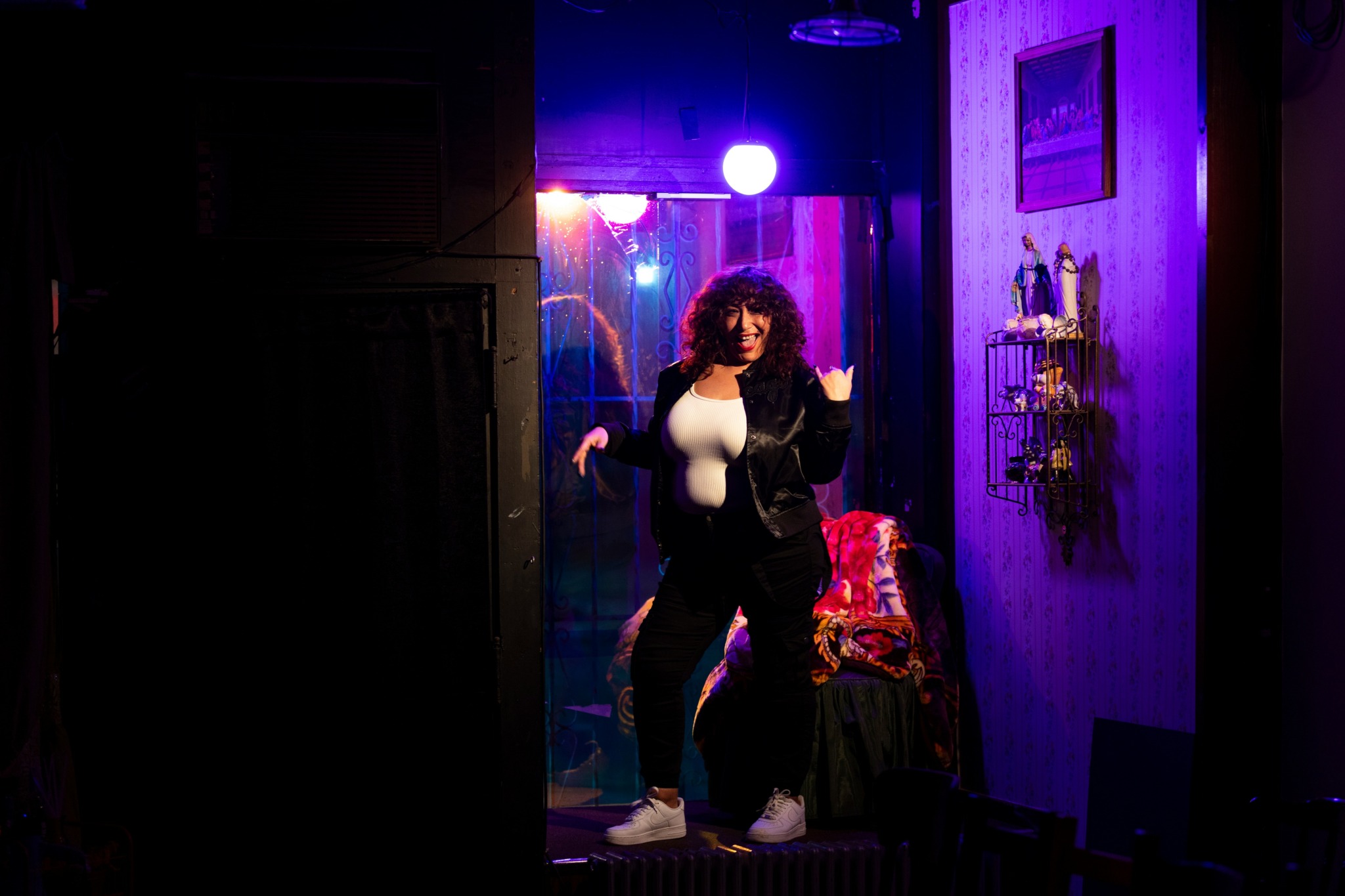Alright – so today we’ve got the honor of introducing you to Ruth Guerra. We think you’ll enjoy our conversation, we’ve shared it below.
Ruth, looking forward to hearing all of your stories today. We’d love to hear about a project that you’ve worked on that’s meant a lot to you.
A meaningful project for me has been my one-woman show, “Ruth on the Rocks.” My journey began at 29 when I started telling stories in a stand-up format, which led me to take courses at Second City. After completing those classes, I signed up for a workshop to develop a solo show, but it fell through before I could bring my vision to life.
By 2010, I began performing storytelling under the name “Ruth on the Rocks” as a way to stay relevant and continue practicing my craft. Despite my passion for the project, I kept putting my solo show on the back burner—life kept getting in the way.
Twenty-one years later, I finally brought my first solo show to the stage. It was produced by Concrete Content and premiered as part of Destinos: Chicago International Latino Theater Festival. The performance took place in the Storyfront, a space I created in honor of my late father’s repair shop in the house where I grew up—and where I still live today.
Growing up on the south side of Chicago, we didn’t have access to theater spaces, so as a kid, I would put on my own shows with friends right on our block. Finally performing my solo show at age 50, in the very space where my love for performance began, brought everything full circle. It was an honor to perform for an audience in my own home, where it all started.

Ruth, love having you share your insights with us. Before we ask you more questions, maybe you can take a moment to introduce yourself to our readers who might have missed our earlier conversations?
I grew up on the south side of Chicago in the Back of the Yards neighborhood, where my passion for performing arts was ignited by shows like Fame, Kids Incorporated, and Chiquilladas. I was captivated by the combination of dancing, sketches, and the discipline these shows represented. I took free classes at the park district—jazz, tap, and ballet—and remember the incredible rush I felt performing in gym shows. Unfortunately, I didn’t have the support system needed to pursue this passion further at the time.
At 29, I found my way back to performance through Second City, where sketch work came alive for me again. I spent eight years performing with an underground sketch improv troupe, honing my craft and building my voice as a performer. During this period, I signed up for a workshop to create a solo show, but when it fell through, that dream went on the back burner.
In 2010, I launched “Ruth on the Rocks” as a storytelling platform, staying active in grassroots theater and community art projects. One of my most meaningful experiences was participating in and facilitating HoodMoms, a workshop for mothers from Back of the Yards and neighboring communities. We taught the art of storytelling to participants, including undocumented women, who all received stipends to create their own cohorts and teach the craft. It was an inspiring and healing project that connected women through the power of shared stories.
As a storyteller and performer, I create intimate, authentic narratives that connect communities and give voice to underrepresented experiences. Through Ruth on the Rocks, I provide solo performances, storytelling workshops, and community engagement programs that help people discover and share their own stories.
My work is deeply rooted in community and authenticity. I don’t just perform—I create spaces where stories can heal, connect, and empower. My performances happen in unconventional spaces that have personal and cultural significance, making the experience more intimate and meaningful for audiences.
At age 50, I finally brought my one-woman show to life with support from Concrete Content and Destinos: Chicago International Latino Theater Festival. I performed “Ruth on the Rocks” in my Storyfront—a space I created in my late father’s repair shop in the same Back of the Yards house where I grew up. The show sold out throughout the festival run and continued for four months with sold-out performances.
As a single mother who struggled to stay on the artistic path, I understand how life can derail dreams. My journey proves it’s never too late to pursue your passion. I want potential clients and audiences to know that I create work that’s real, rooted in community, and designed to remind people that their stories matter. Whether through performance or workshops, I help people find their voice and connect with others through the universal language of storytelling.
Growing up without access to theater spaces, I learned to create my own. Now I help others do the same—transforming any space into a place where authentic stories can be shared and celebrated.

Is there mission driving your creative journey?
My mission is deeply rooted in the urgent need to tell our own stories—especially during these critical times when people are being disappeared and erased from the narrative. As marginalized communities, including minorities and undocumented individuals, we cannot allow others to create our narratives for us. We must be the authors of our own experiences.
Through my work with Ruth on the Rocks, I’m committed to creating platforms where authentic voices can emerge and be heard. Too often, our stories are filtered through other people’s perspectives, losing their truth and power in translation. I believe that when we tell our own stories—in our own words, from our own experiences—we reclaim our agency and visibility.
This mission became even more personal through projects like HoodMoms, where I witnessed firsthand how transformative it is when women, including undocumented mothers, are given the tools and space to craft and share their narratives. These aren’t just stories; they’re acts of resistance, documentation, and preservation of our humanity.
In my performances and workshops, I’m not just entertaining—I’m bearing witness and creating space for others to do the same. Every story shared is a declaration that we exist, that we matter, and that our experiences deserve to be heard without apology or interpretation by others.
My goal is to ensure that future generations will have access to authentic stories from our communities, told by us, for us, and preserved in our own voices. In a world that often tries to silence or misrepresent marginalized voices, storytelling becomes both an art form and an act of survival.
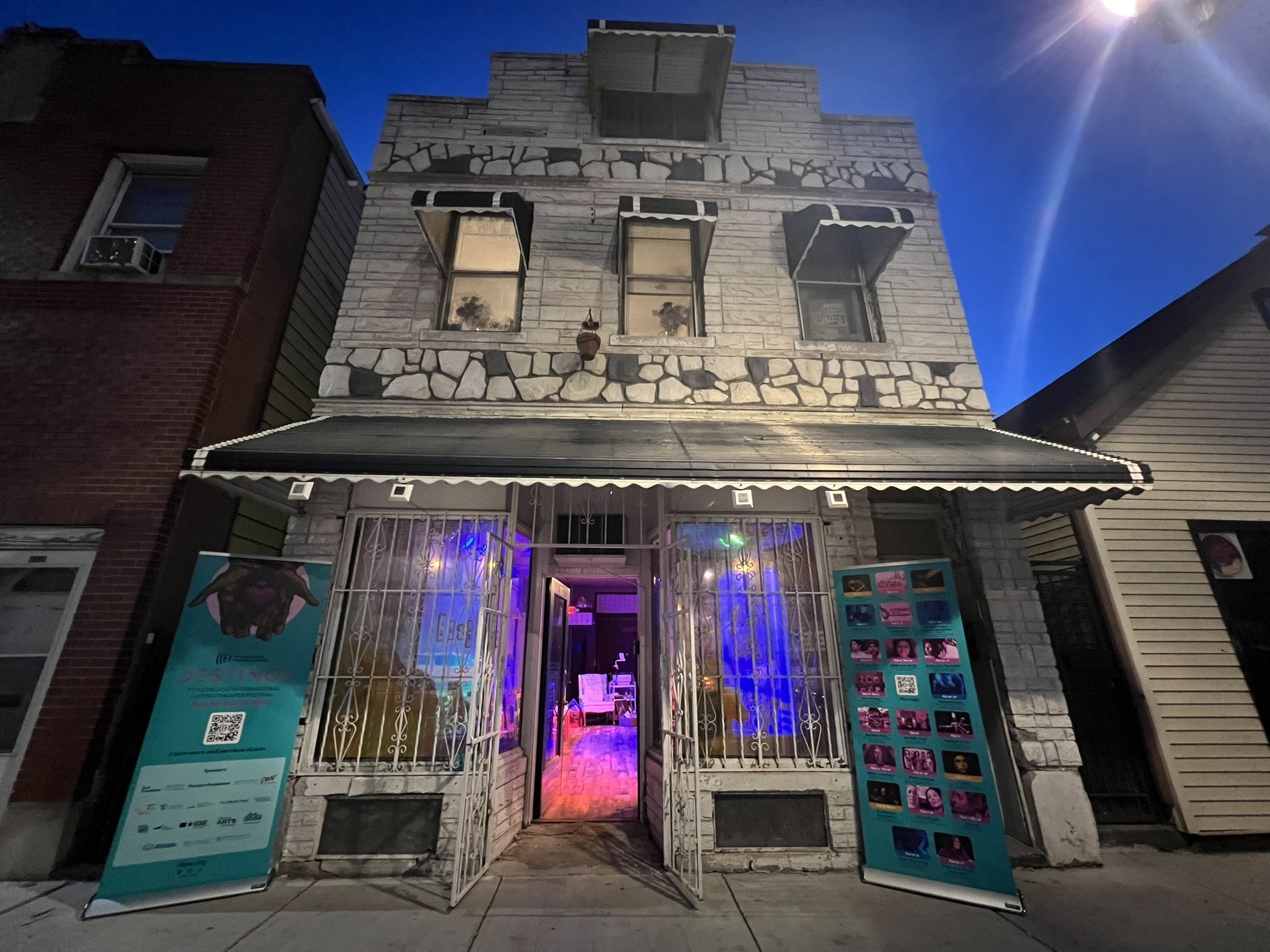
What’s the most rewarding aspect of being a creative in your experience?
The most rewarding aspect of being an artist is witnessing the moment when someone realizes their story matters. I’ve seen it happen countless times—iduring performances, and in casual conversations after shows. There’s this beautiful shift that occurs when someone who has been told their experience isn’t valuable suddenly understands that it is.
What keeps me going is knowing that every story I tell, and every story I help someone else discover, is a small act of resistance against erasure. It’s documentation of our existence, our struggles, our joys, and our resilience. These stories will outlive us, and they’ll serve as breadcrumbs for future generations to understand where they came from and what they’re capable of.
The reward isn’t just in the applause or sold-out shows—though those feel incredible. It’s in the text message from someone months later saying they finally had the courage to share their story or they have been inspired by mine. It’s in knowing that somewhere, someone’s narrative is being preserved in their own voice, not filtered through someone else’s interpretation.
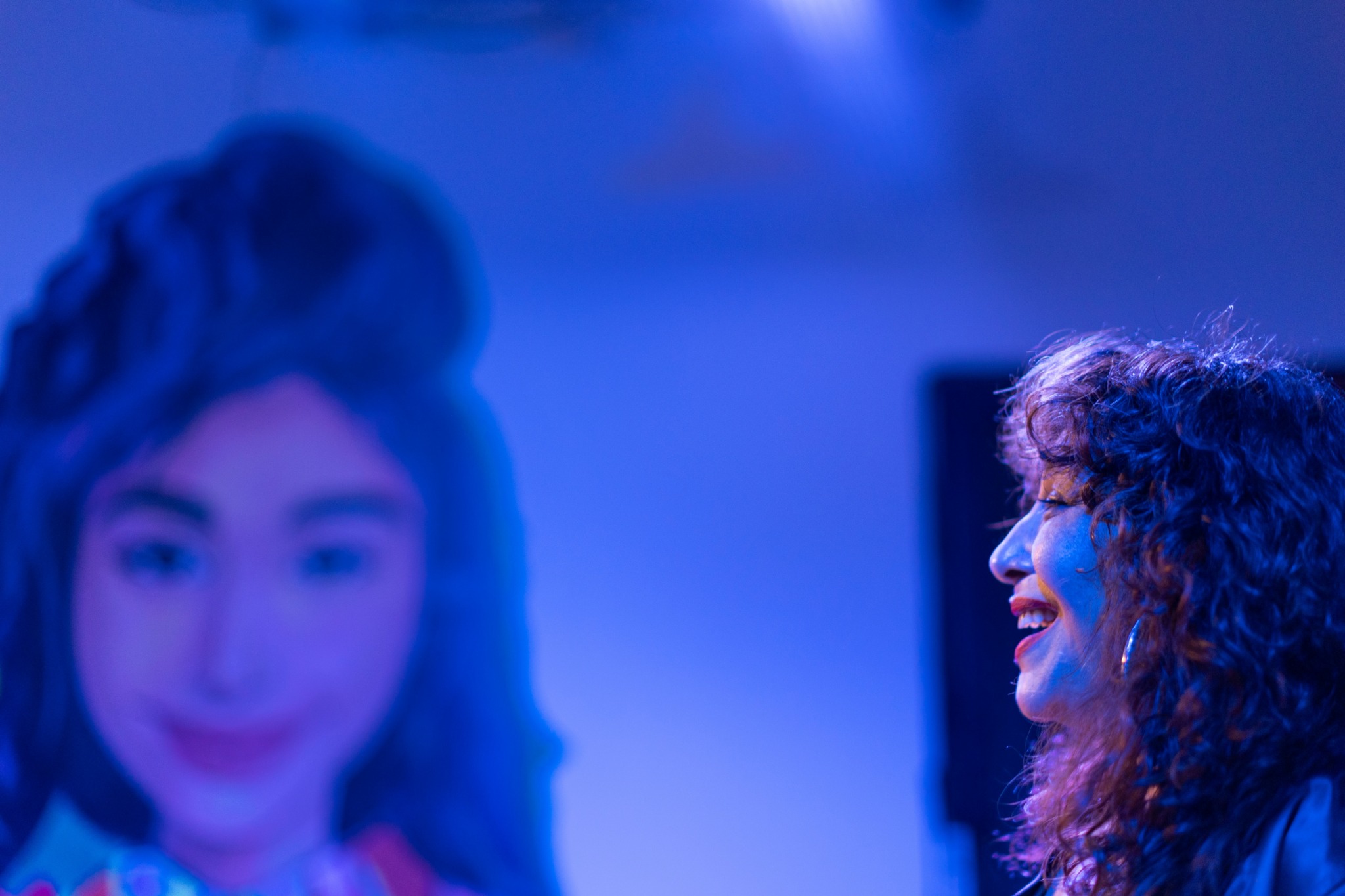
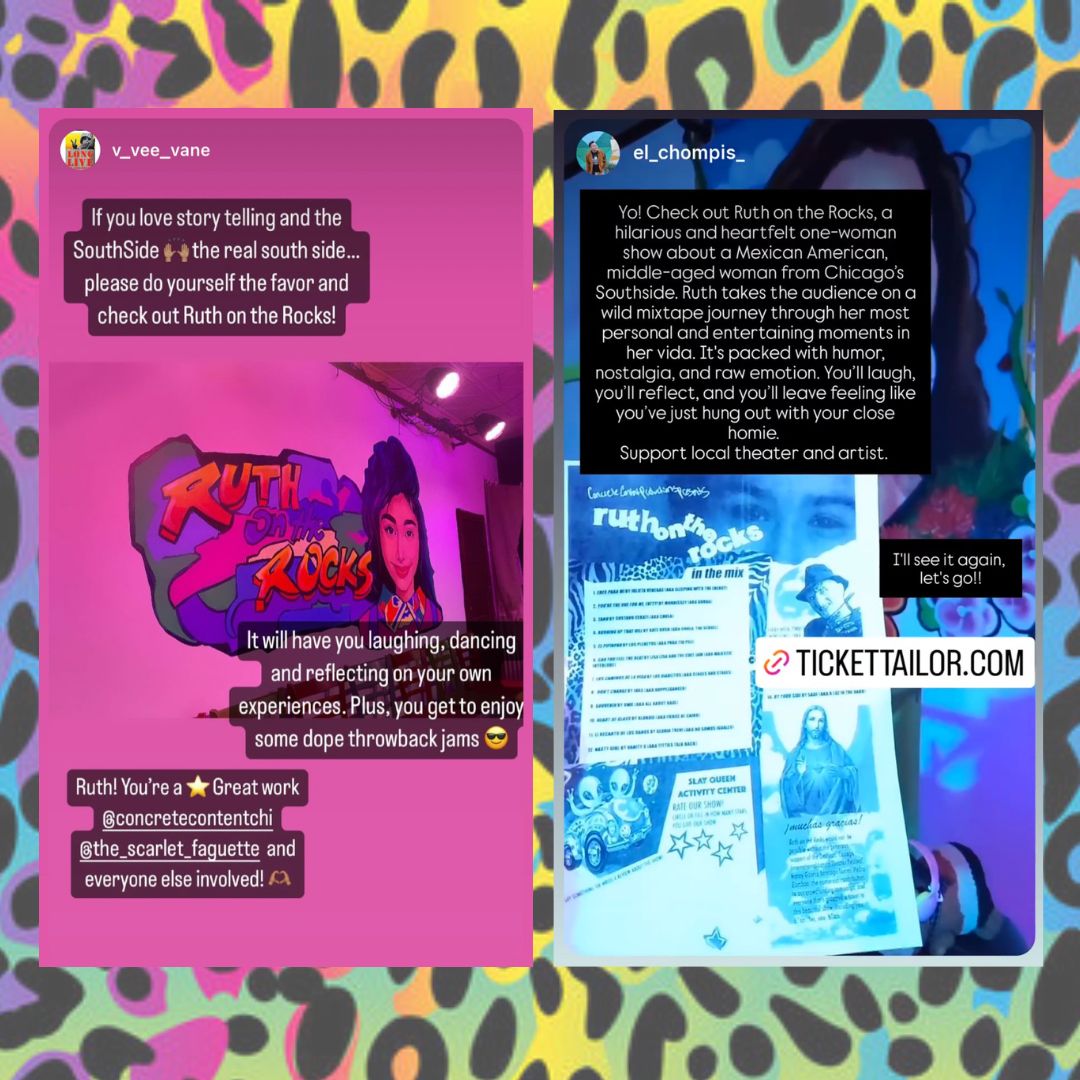
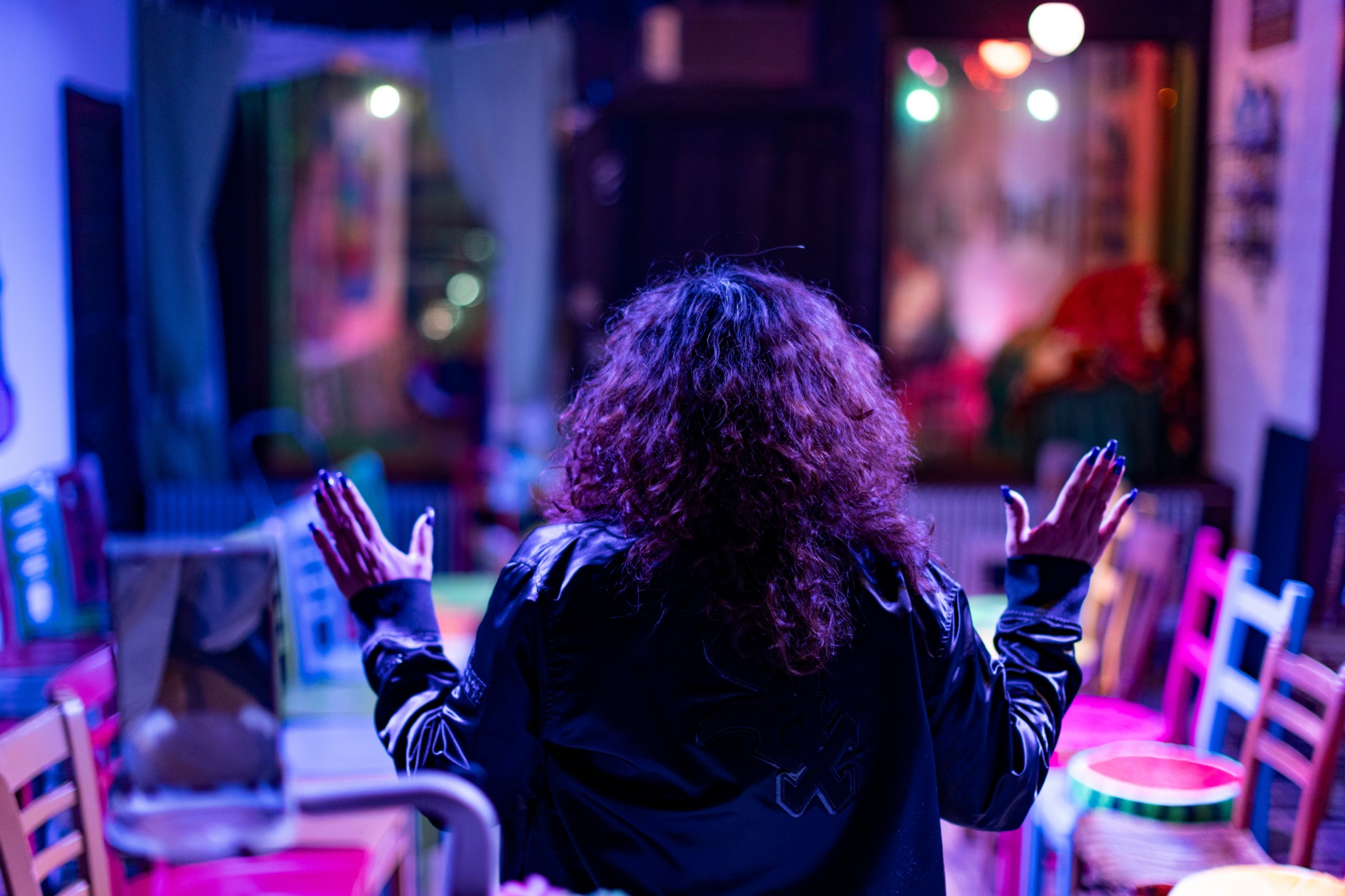
Image Credits
Anthony Arroyo


